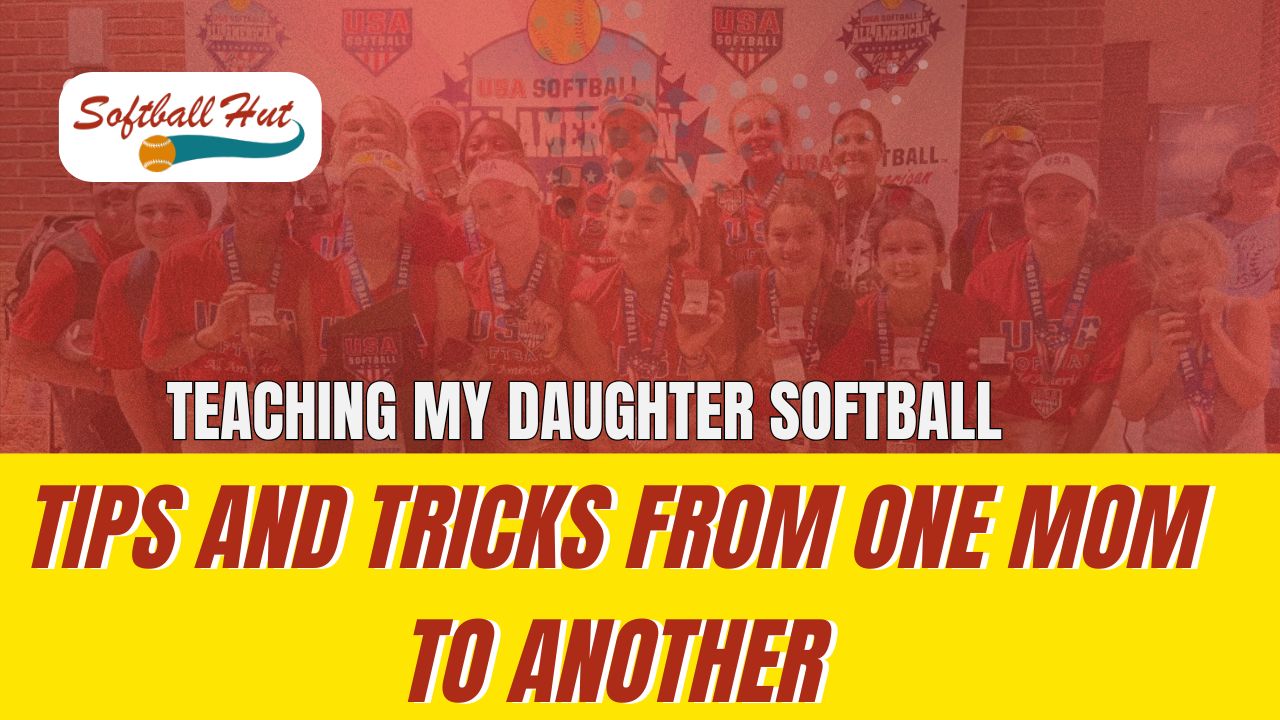As a mom, teaching my daughter how to play softball has been such a rewarding journey. I don’t come from a professional sports background, but as I dive into the world of softball alongside her, I’ve picked up some practical tips and tricks that I’m excited to share with other parents. If you’re a mom (or dad!) starting out, here are a few things I’ve found helpful for teaching my daughter to catch, throw, and—most importantly—enjoy the game!
1. Starting Small with Ball Size
At first, using a full-sized softball was just too much. I started with tennis balls and even small, soft baseballs to help her get used to throwing and catching without fear. These smaller balls were easier for her to grip and allowed her to focus on learning hand-eye coordination without struggling to hold onto a larger ball. This worked wonders for building her confidence because even when she missed a catch, there was no worry about getting hurt.
Mom Tip: Try the Bluedot 11” softballs—they’re soft but have a realistic weight and feel, perfect for building hand strength without the risk of injury.
2. Get Her Comfortable with Safety Gear Early On
This was a big one! From the start, I introduced my daughter to the face mask and helmet, especially when practicing batting. It can feel awkward for them at first, but she quickly adjusted, and now it’s just part of her uniform. It’s reassuring for me as a mom, knowing she’s protected, and it’s helped her feel confident during practices.
Mom Tip: Always bring her face mask, even if you’re only playing catch or practicing with soft balls. Having it on regularly will help her feel game-ready.
Recommended Products for Starting Softball with Kids
| Image | Product | Features | Price |
|
Our Pick
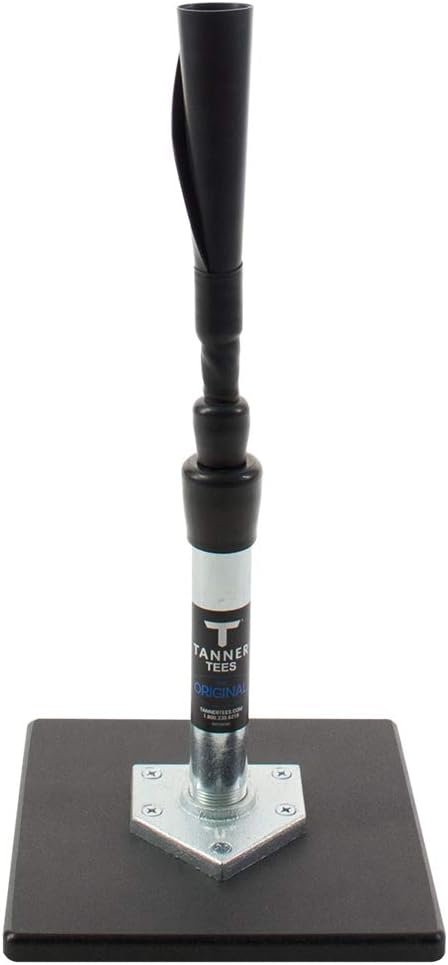 |
Tanner Tee Youth Adjustable Batting Tee |
This highly durable, adjustable tee is perfect for helping kids learn proper batting technique. It’s height-adjustable, making it suitable for various ages and heights, and provides stability for those early practices. |
|
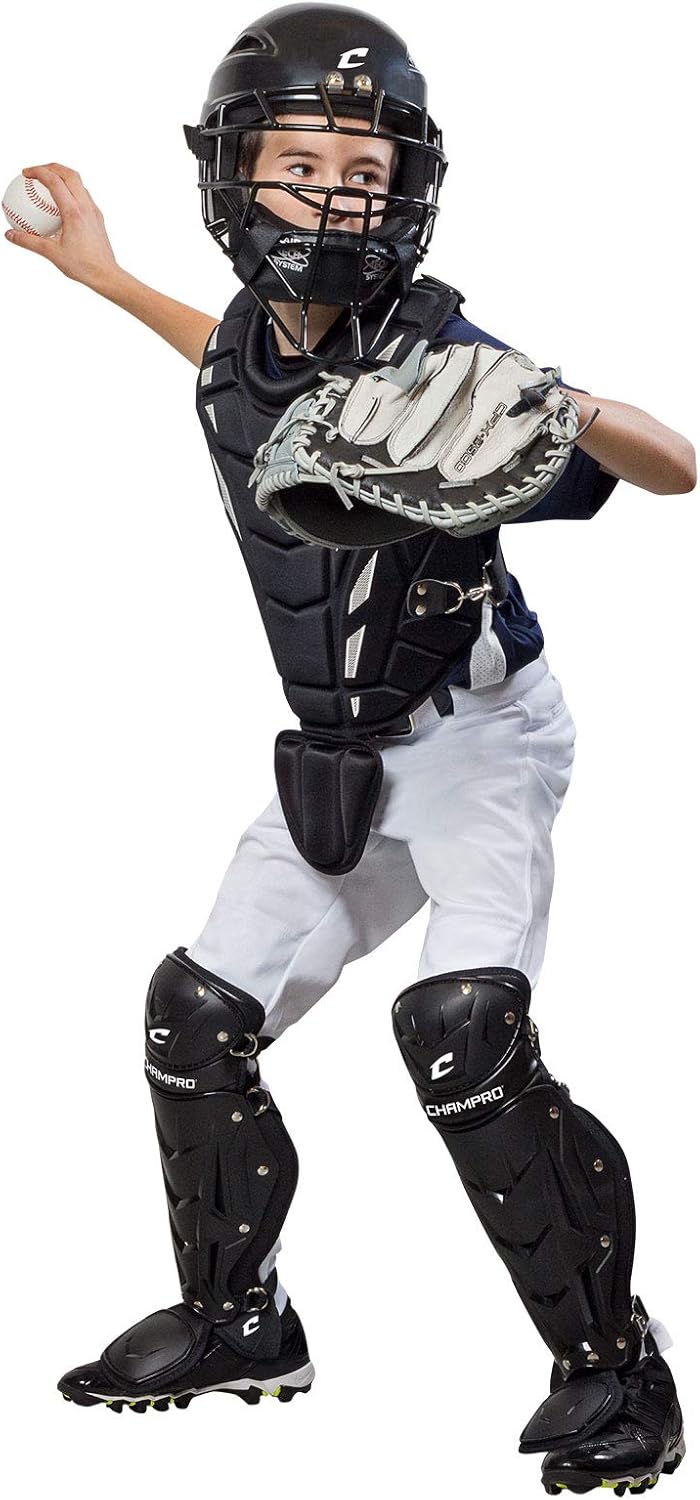 |
Champro Youth Catcher’s Set |
Getting kids comfortable in protective gear is key. This set is adjustable and lightweight, designed for youth players. It includes all essential catcher’s gear so young athletes feel safe and confident behind the plate. |
|
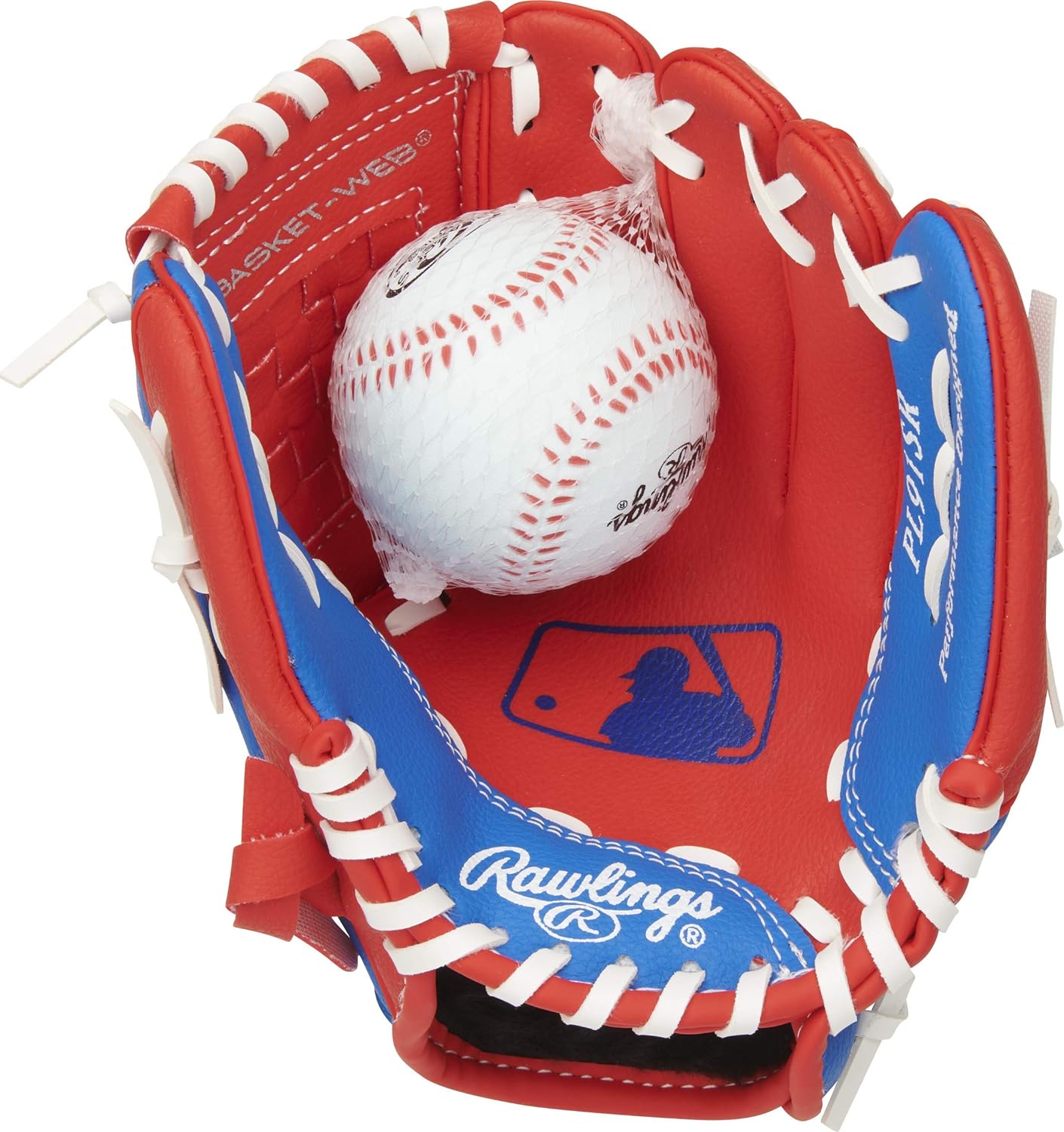 |
Rawlings Players Series Youth Tball/Baseball Glove |
The Rawlings Players Series offers youth-friendly gloves with soft materials that are easy for kids to break in. Available in various colors, this glove is a good starter option for beginners learning to catch. |
|
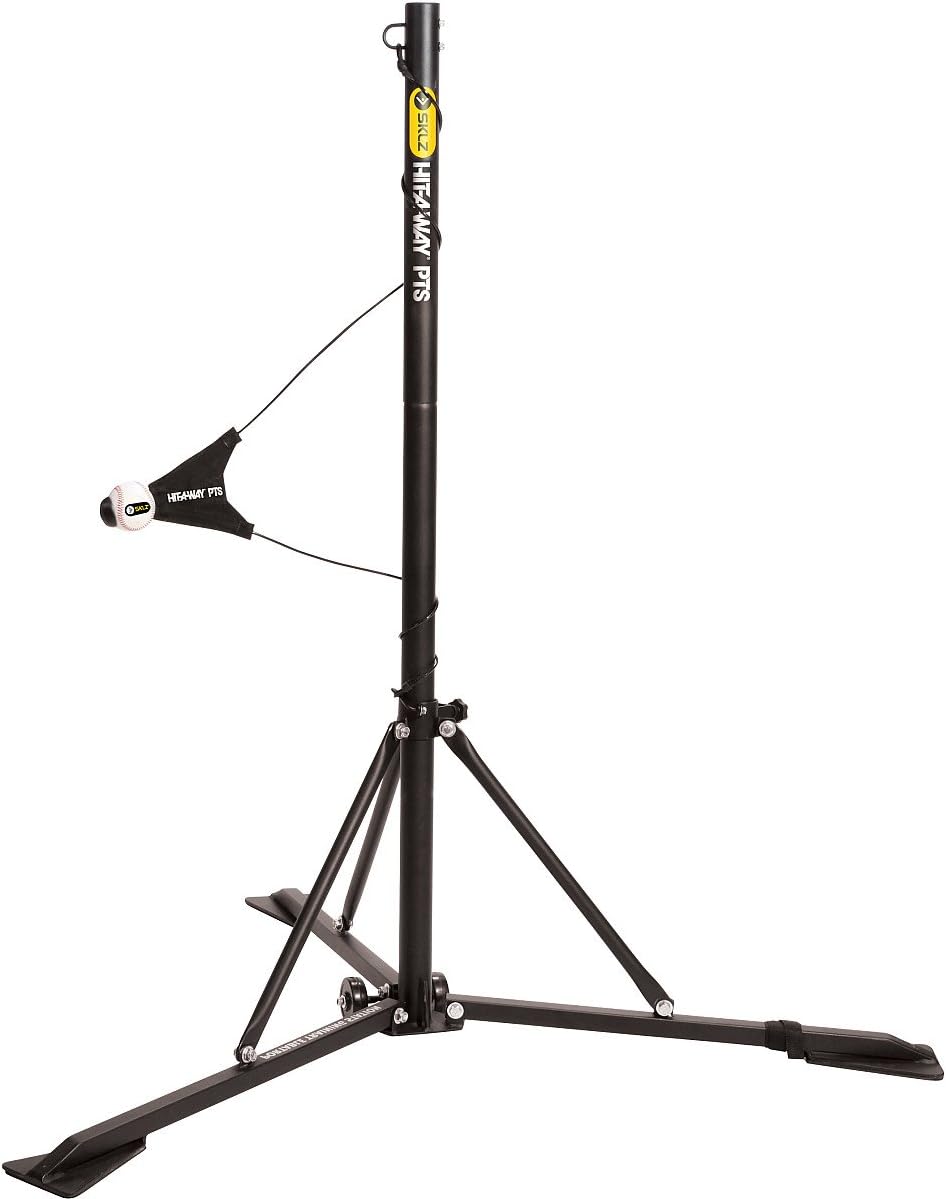 |
SKLZ Hit-A-Way Batting Trainer |
This training tool helps kids develop hand-eye coordination by allowing them to practice hitting without needing a pitcher. It’s easy to set up and can be attached to any tree or pole, making it convenient for backyard practice. |
|
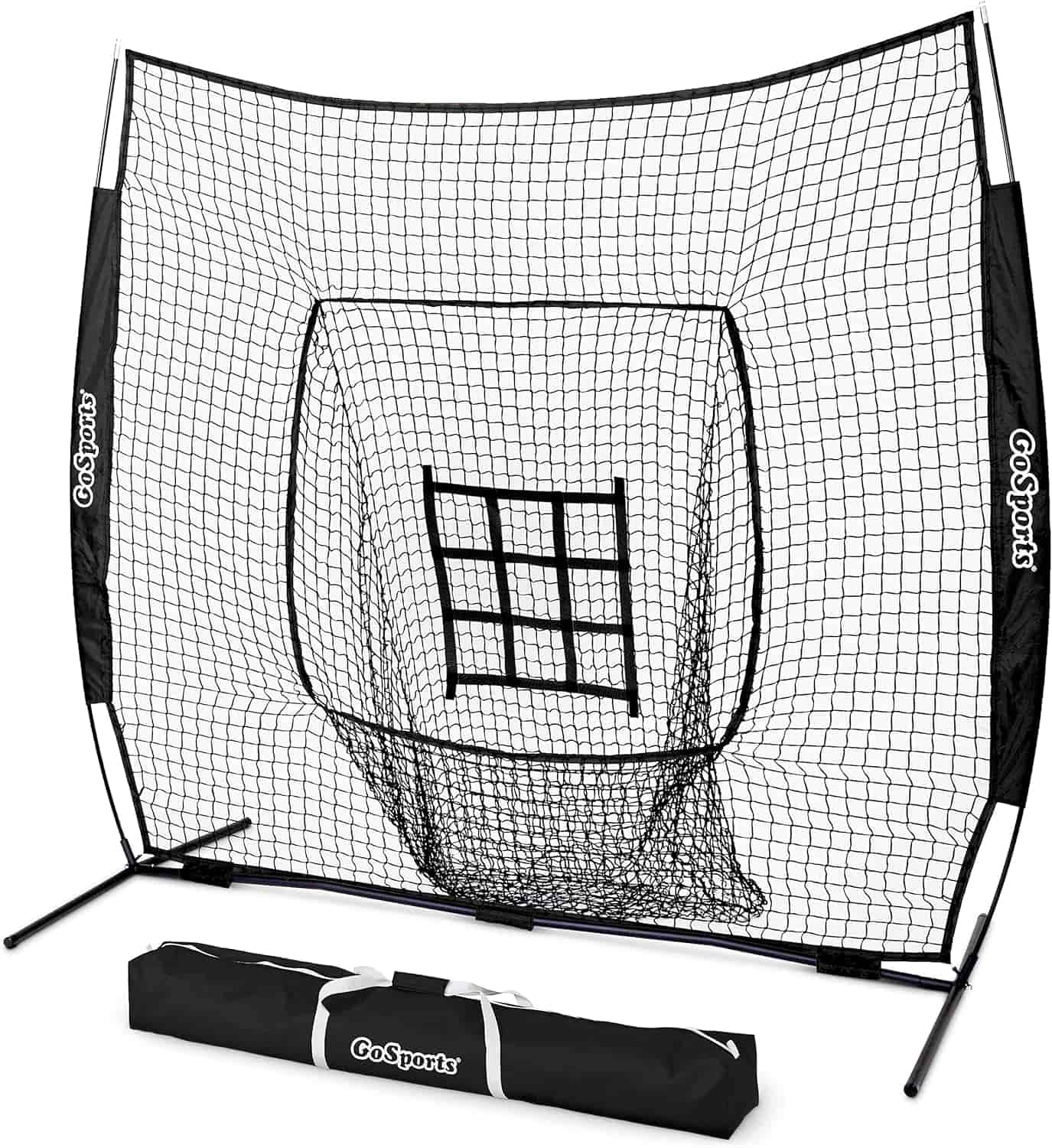 |
GoSports 7’ x 7’ Baseball & Softball Practice Net |
A practice net makes solo practice sessions easy by catching every ball, which is great for batting and throwing practice. It’s durable, easy to set up, and can be used in the backyard or on the field. |
3. Building Hand-Eye Coordination with Fun Drills
One of the first drills I tried with her was using a velcro paddle and tennis ball set. It’s a simple way for her to practice tracking the ball and adjusting her hand to catch it. Once she could catch with the paddle consistently, I knew she was ready to move on to using a glove.
We also practiced catching fly balls with a foam softball while she wore her face mask. I’d toss it high and let her “catch” it with her mask first, just to get her used to moving under the ball. Once she felt comfortable with this, we transitioned to catching with a glove.
Also read
4. Make it Fun: Focusing on Enjoyment Over Perfection
One of my biggest goals is to make sure my daughter enjoys playing softball. At this age, they’re not aiming for scholarships—they’re just learning to love the game. I often set up mini games during practice, like “catching contests” or reward-based drills for effort rather than perfection. Sometimes, a simple reward like extra playtime or a small treat is enough to keep her engaged.
Mom Tip: Emphasize having fun over skill. Let her feel proud of every catch, every throw, and every improvement—no matter how small. This positive reinforcement keeps her excited and motivated to learn.
5. Introducing Fundamental Drills at Our Own Pace
While I’m no professional, I’ve found great resources online. Coaches like Dan Blewett and Megrem Softball on YouTube offer beginner-friendly drills that we incorporate into our sessions. Some of my favorites are the Ron Washington drills for fielding, which are simple but effective, and Barry Bonds’ tips for hitting techniques.
With a little research and some trial and error, I’ve tailored these drills to fit our practice time. They’ve helped her learn proper form without overwhelming her.
6. Gradually Moving Up to the Official Ball Size
As she grew more confident with smaller balls, we transitioned to an 11” softball—the size she’ll use in her league. Practicing with the same ball size she’ll encounter in games helps her adjust to game-like conditions, making her feel more prepared.
This gradual shift took some time, but it made a huge difference in her confidence. I recommend starting small and moving up as soon as your child feels comfortable.
7. Practicing on Real Fields When Possible
Whenever we can, we practice on a real softball field or set up bases to mimic a game environment. This helps her get used to the real thing, which makes game days feel a bit less daunting. Even if we’re just playing catch on the field, it’s exciting for her to practice in a space where she’ll eventually play.
Mom Tip: Scope out local fields that are accessible, especially ones with lights if you can go in the evening. This adds to the excitement of practicing under “game-like” conditions and prepares her for real league games.
Final Thoughts
Teaching my daughter softball has been such an incredible bonding experience. Each practice is a chance for her to build skills, but it’s also an opportunity for us to create memories and share some laughs. If you’re starting out, remember to keep it light-hearted, embrace each small win, and let her fall in love with the game at her own pace. With patience and positivity, you’re not just helping her become a better player—you’re helping her develop confidence that will last a lifetime.

